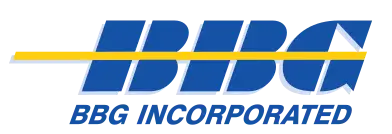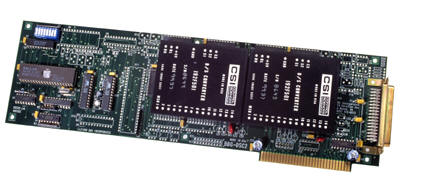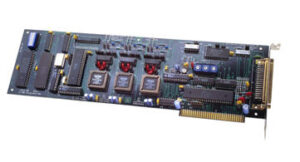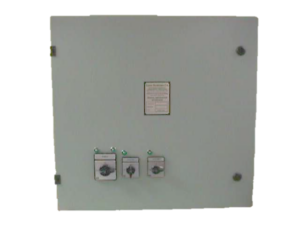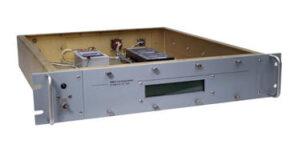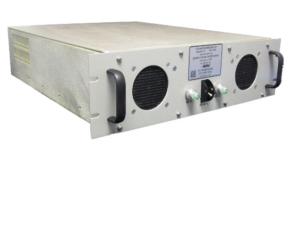Need Help Choosing a Solution?
BBG-DSC2 Analog/Serial to 2-Channel Synchro/Resolver “Smart” Converter Card
The BBG-DSC2 is a PCbus compatible card which interfaces to any slot of an IBM PC or clone. This board receives angular information from an analog or serial data input and produces three outputs: a two speed synchro or resolver signal, two analog channels, and/or a serial data channel.
The BBG-DSC2 is a full-size IBM PCbus compatible card that interfaces with analog, serial, synchro, and resolver signals. It processes two analog channels (-5V to +5V) or one serial channel representing speed or angular position. An onboard microcontroller converts this data into a binary angle measurement (BAM) and transfers it via dual-port memory to the PCbus on demand.
Processed angular data is available in three formats via a 50-pin D connector. It outputs NMEA-0183 serial data (RS-232/RS-422) at 1Hz, continuously transmits two analog channels (-5V to +5V), and provides two factory-configurable synchro or resolver outputs for speed or position, supporting independent or dual-speed (1X, 36X) configurations.
